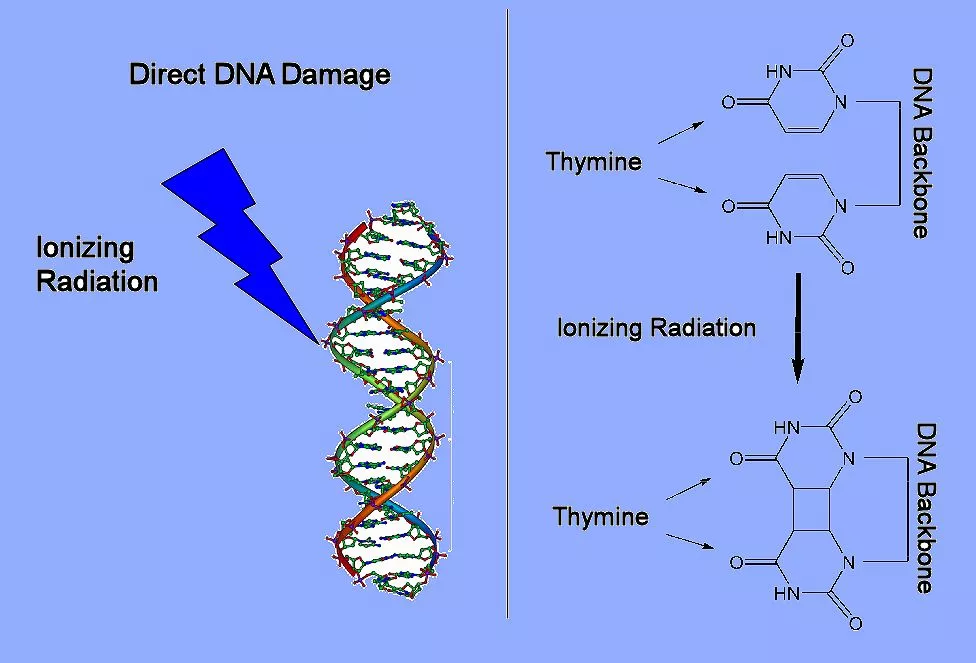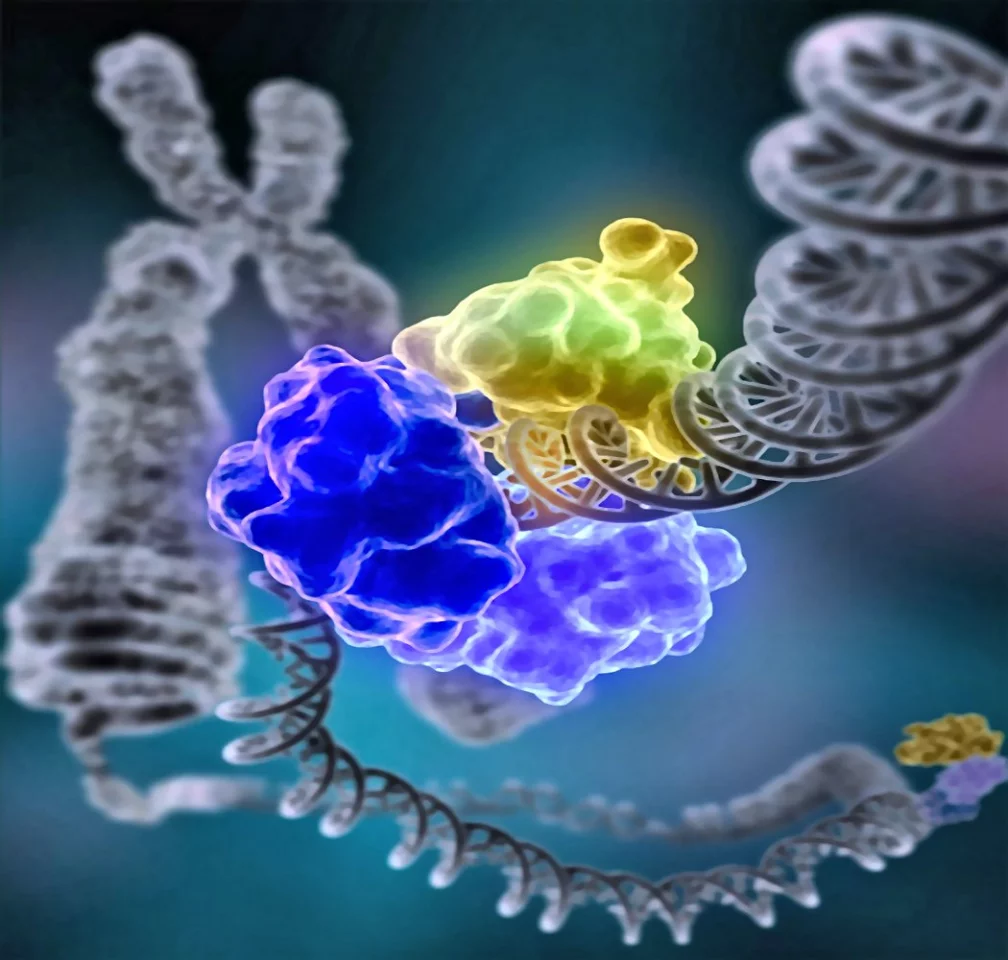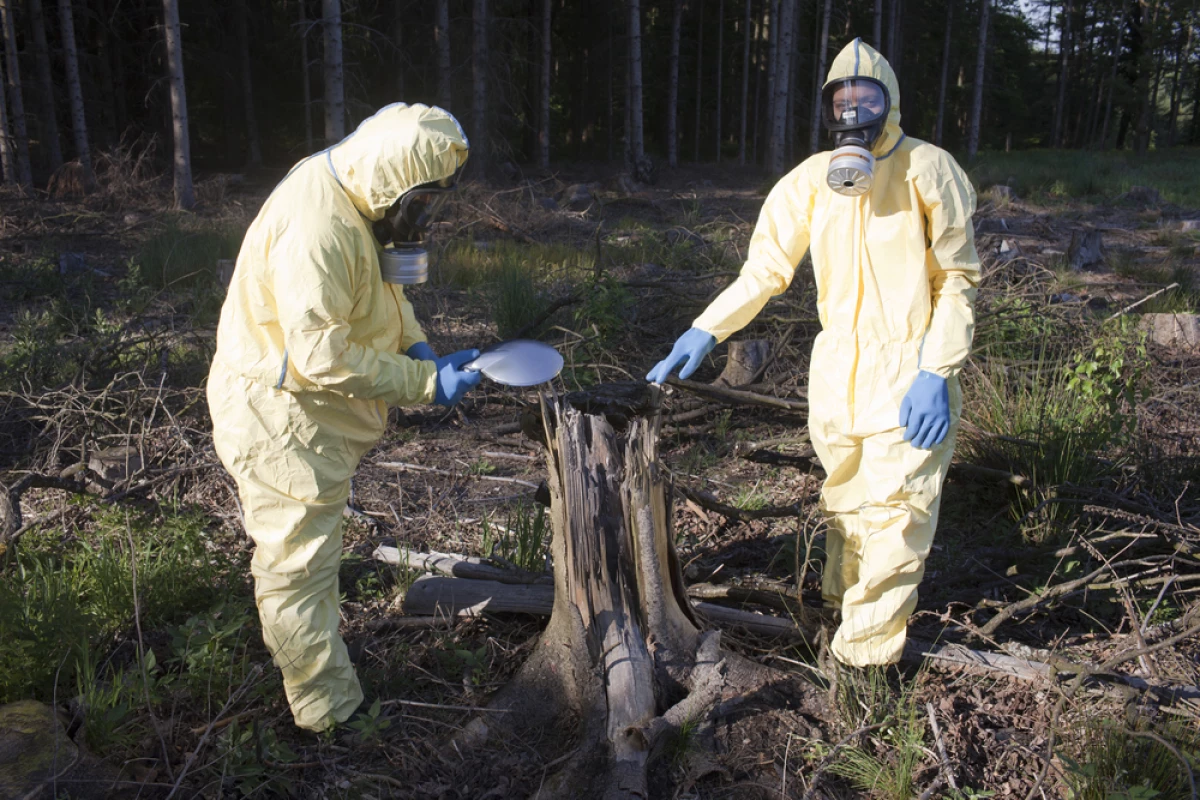Industrial and medical accidents have resulted in about 3,000 cases of acute radiation syndrome with over 100 deaths over the past 60 years. Far larger numbers are possible in the future from major reactor accidents or the use of dirty bombs. In the aftermath of a major incident, the radiation dosages of victims must be sorted out quickly, so that suitable treatment can begin as soon as possible. Medical researchers at the US Lawrence Berkeley National Laboratory have now developed a simple blood test to determine the exposure of a patient to ionizing radiation, that can be carried out in the field with a hand-held analyzer.
Acute radiation syndrome (radiation sickness) results from exposure to high levels of ionizing radiation. Immediate symptoms can include nausea and vomiting, headache, fever, and diarrhea. The problem is that all of these can be caused by shock or infection, which might also be the result of being involved in an industrial accident with an unknown amount of radiation.
As early treatment is the key to maximizing the odds of surviving a large dose of radiation, sorting out the radiological exposure of the victims is a high priority. Unfortunately, at present no quick medical screen exists to identify people exposed to dangerous levels of radiation. While there are early changes in white cell populations, these also can result from an infection due to an injury or chemical exposure.
The whole-body absorbed dose is the amount of radiation that actually has produced ionization damage within the body. It is measure in Greys (Gy), which is a Joule of energy deposited within a kilogram of body tissue. One Gy is equal to 100 rads, although that unit is now obsolete. A Gy of radiation is sufficient to produce many millions of ions within each cell of the body.

Roughly speaking, there are three broad levels of exposure to ionizing radiation in terms of their effects on people. If exposed to more than eight Gy, a person will die within a week or two. Doctors can only provide palliative treatment to make the patient more comfortable.
If a patient has been exposed to less than two Gy, she will usually live, unless sick or feeble before the radiation exposure. The aim here is to watch and treat individual symptoms as they arise.
The tricky area is for exposures between two and eight Gy. In the upper end of this range, patients will almost certainly die without treatment, but treatment can save perhaps half of the patients. In the lower end, a significant number will die without treatment, but nearly all can be saved. It is in this range where accurately determining the level of radiation exposure is most important.
Currently, it takes several days to determine the level of radiation exposure – far too slow for those who would benefit from immediate treatment. But the Berkeley scientists have now developed a blood test that quickly detects if a person has been exposed to radiation, measures their dose, and separates people suffering from inflammation injuries.

Eight DNA-repair genes have been identified in human blood that respond in a characteristic way to large doses of radiation. These genes respond differently to simple inflammation, such as might be caused by an injury or infection. Inflammation can mimic the effects of radiation and lead to false diagnoses, but these genes change in a manner which allows inflammation to be easily distinguished from radiation exposure. These genes can be evaluated by a blood test that can be done in the field, and quickly identifies who requires immediate treatment for radiation sickness.
More work is needed, but the team leader envisions a blood test using their biochemical markers that could be administered via a handheld device similar to that which diabetes patients use to check their blood sugar. The test could help emergency personnel quickly identify people exposed to high radiation doses who need immediate care, and people exposed to lower doses who only need long-term monitoring.
Source: Lawrence Berkeley Laboratory





